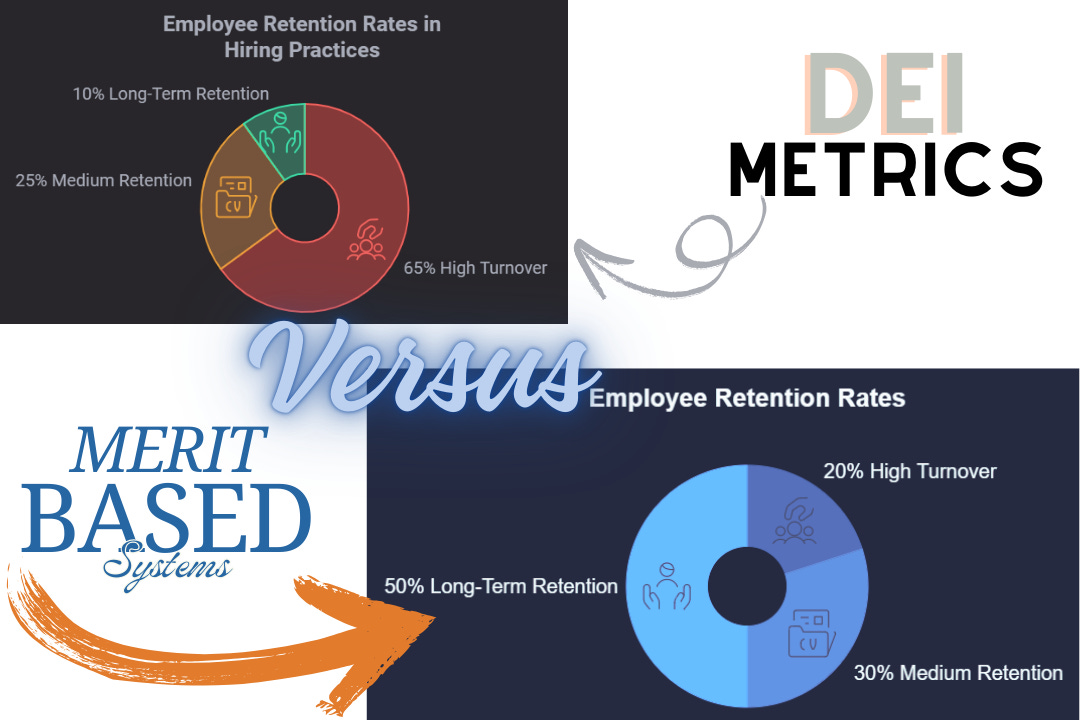A Better Approach to Building Equitable Workplaces
Diversity, Equity, and Inclusion (DEI) initiatives were introduced with the goal of fostering fairness and representation in workplaces. However, despite these apparently good intentions, the execution of many DEI programs has frequently fallen far short of their ideals. Instead of creating unity and innovation, these programs have often resulted in unintended consequences—tokenism, division, and diminished trust—undermining both individual and organizational success.
"True inclusion isn’t about checking boxes; it’s about creating workplaces where every individual is valued for their unique contributions." – L. Murphy
The Shortcomings of DEI
At its core, DEI aims to address systemic inequities, but the methods often employed create more problems than solutions. Tokenism, for instance, remains a prevalent issue in DEI implementation. This practice of hiring or promoting individuals primarily based on demographic markers, such as race, gender, or ethnicity, leads to several detrimental outcomes:
Tokenism Undermines Meritocracy
When decisions are based on identity rather than ability, it erodes confidence in the fairness of the workplace. Tokenism can stigmatize individuals, as their peers may perceive their position as undeserved—even if they are fully qualified. Research from Recruitee (n.d.) highlights how tokenistic practices alienate employees and increase turnover among underrepresented groups, who often feel unsupported and undervalued.Division Rather Than Unity
DEI programs often emphasize differences over common goals, unintentionally deepening divisions. Duyile (2022) notes that such approaches can amplify stereotypes and foster resentment, as team members view each other through the lens of identity rather than shared values or contributions.Missed Opportunities for True Growth
Businesses must prioritize long-term cohesion and performance. Many DEI programs focus on demographic representation without addressing the underlying factors that drive success, such as aligning talent with roles, fostering collaboration, and building a culture of mutual respect.
“Trust is the glue of life. It’s the most essential ingredient in effective communication. It’s the foundational principle that holds all relationships." – S.R. Covey

There are several nuances to merit-based systems, that enhance a culture of progress and success, while honoring every team member. Zappos, under Tony Hsieh, was a brilliant model.
Keep reading with a 7-day free trial
Subscribe to Limited to Limitless Transformational Consultants to keep reading this post and get 7 days of free access to the full post archives.





